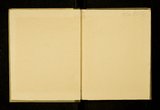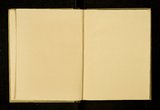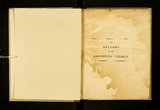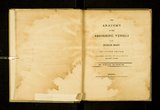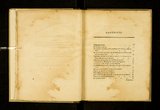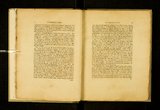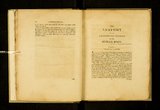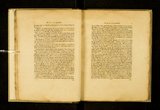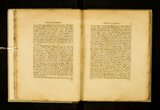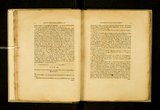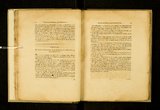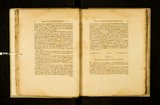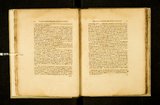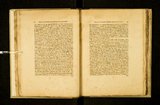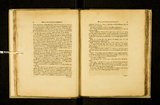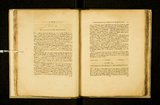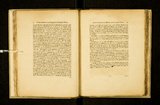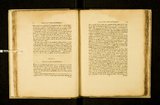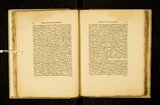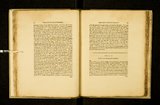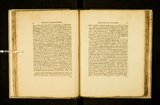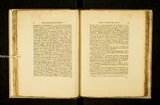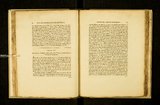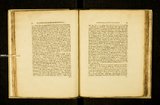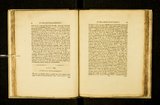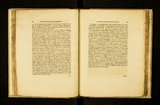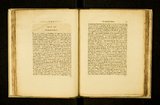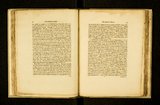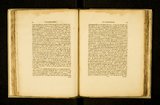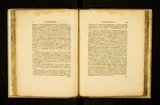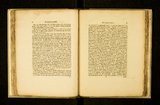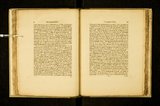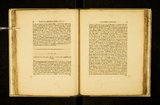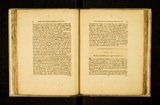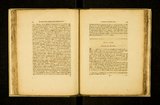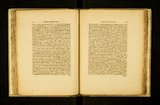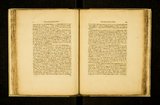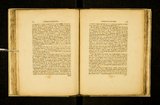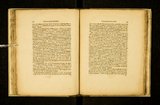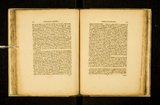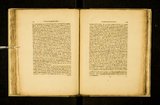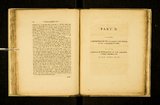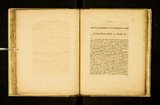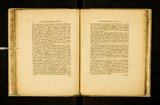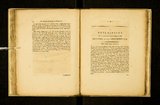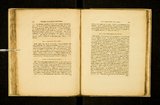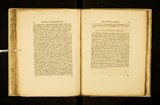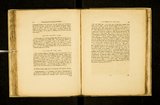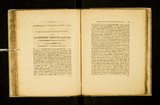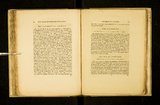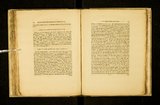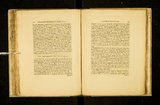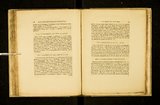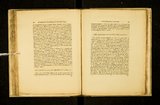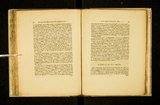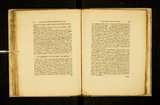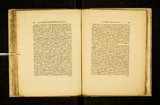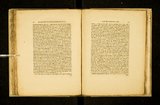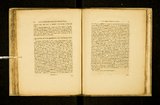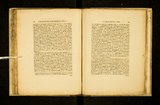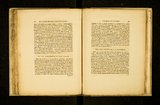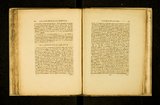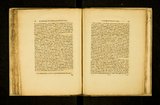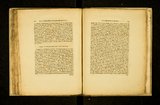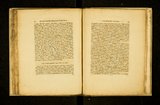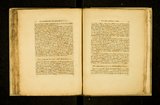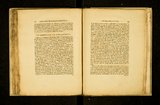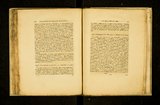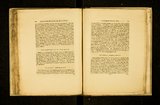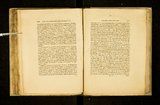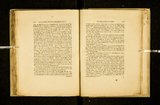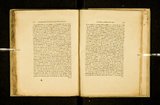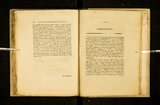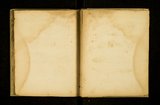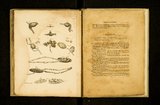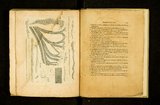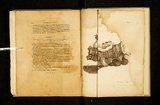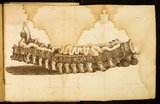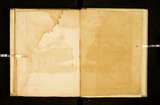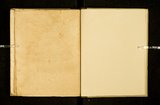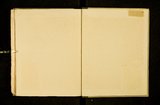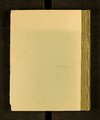| OCR Text |
Show 94 27):? Tcrmizmtion of tbe Lucicals and Lympbatics. The Tm'minalimi of tbr Lacie/715 (711d Lynzplvrzlics. 95 of the absorbents lie unprotected by themselves. Lastly, the great trunk ntfcrzor on the spine, till with the great artery and vein, the aorta and cave reason why these trunks terminate at last in the veins, and in that particular part of the venous system where they so uniformly terminate in all animals spine, and it reaches the heart, after that with the assophagus, also on the lies im- trim/a rcat Anothcrg on. terminati its to almost under the clavicle, where they have yet been found, and particularly in men. right side of the mediately under the sternum, and a third also lies on the he heart, and under the clavicle to its termination; these are Some of the causes which have been assigned for this structure are only applicable to the human subject in its erect posture; but the anatomists who have as- signed these causes have forgot that a half, or at least a third of our life, is spent in an horizontal posture. Perhaps one of the uses of sleep, and of the horizontal posture during that period, may be to facilitate the introduc- tion of the chyle and lymph into the blood. However, as the human subjeet is more frequently in an erect posture, the reasons for the termination of this system shall be considered in that point of view. I have already said every thing that I thought necessary respecting the termination of lacteals and lymphatics in glands. The terminations of these vessels in the receptacle of the chyle, as engraved in the works of the most celebrated XVII. anatomists, are imaginary and false. The fact is, the thoracic duct has Wain" follows, is to be considered as chiefly applicable to the human not yet been well delineated by any anatomist; they seem to have had no true conception of its extent; and very little, indeed, previous to Mr. IIcwson, was known of the second trunk. The thoracic duct in the hu- man subject is formed principally from three great vessels; one of these body. Some of the arguments will apply equally well to quadrupeds, and to the other classes of animals; but my principal object, from the beginning, has been to describe the absorbents of the human body: and now, the lacteals of the small intestines. This (luct is frequently one fourth of an inch in diameter at its beginning; it is sometimes about half that size in The Termination (y the Lam‘mls and Lympbm'ier. that I am come to consider the termination of these vessels, I wish to ad- here more strictly to this principal object. When anatomists speak of the termination of lymphatics and lacteals, they are to be understood in a threefold acceptation. In the first place, they say, lymphatics or lacteals terminate in glands. In the second place, they say, that they terminate in the thoracic duct, or in the second trunk of the absorbents, situated on the right subclavian vein; or, lastly, they say, the ultimate termination of lacteals and lymphatics is in the subclavian and jugular veins. I have al- ready minutely described the glands, as they appear to me more connected with the general history of these vessels. I proceed now to give some ac- count of the two great trunks of the absorbents, reserving the particular description to the second part of this treatise; as also to enquire into the reason corresponds with the right leg, the other with the left, and the third with diameter near its termination; it is frequently not more than a tenth of an inch in diameter about its middle, at other times double or triple that size at the same place. It commences about the third vertebra of the loins, reckoning from above downwards; it there lies on the. left side of the spine, under the. aorta; afterwards it runs to the right of the superior vertebrae of the loins, and along the right side of all those of the back, except the four uppermost, where it passes to the left side; after which it emerges from the cavity of the chest; and, running about an inch or more above its destined termination, it forms an arch, and runs downwards, to enter the veins in the angle between the jugular arid subclavian of the left side. There are valves found, in greater or lesser number, through its whole course,- there are, particularly, a pair of valves at its termination in the angle mentioned. The "mm x" C H A l'. |



